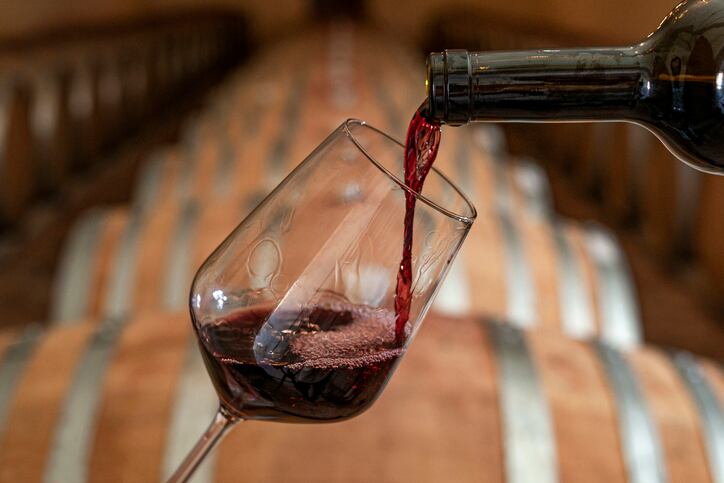The latest stats from the International Organization of Vine and Wine (OIV) are out. And they confirm that wine consumption continues to decline. World wine consumption in 2024 is estimated at 214.2mhl, marking a decrease of 3.3% on the year before. This signifies the lowest volume recorded since 1961 (which came in at 213.6mhl).
Why is wine consumption declining?
Wine consumption has been on a steady tumble downwards since 2018.
The onset of the COVID-19 pandemic in 2020 exacerbated this trend: with lockdown measures affecting major wine markets worldwide. While the reopening of the hospitality sector in 2021 did lead to a rebound, this proved to be a temporary rise.
In 2022, geopolitical tensions (particularly the conflict in Ukraine) and subsequent energy crises, along with disruptions in the global supply chain, all spelled bad news for the wine industry. Wine producers faced heightened wine production and distribution costs: in turn leading to significant price increases for wine consumers, dampening overall demand.
Against the backdrop of a complex economic landscape characterized by global inflationary pressures and reduced consumer purchasing power, major wine markets saw notable declines continue into 2023.
But other categories have suffered a pandemic hit and supply chain challenges and bounced back stronger than ever. Wine hasn’t enjoyed that same rebound.
Mature markets have turned their back on wine, leading to a progressive decrease in consumption. France is a particularly good example of this: as one of the world’s top wine producers, it has, however, seen wine consumption plummet 60% since the 1960s.
Declines of wine consumption in China (a huge market for wine consumption) have similarly weighed down global statistics (the country averages a loss of 2 mhl annually since 2018).
The interplay between these structural trends and recent economic and trade pressures provides a more comprehensive framework for understanding the recent decline in global wine consumption levels, says John Barker, director general for OIV.
“This is the lowest level of consumption since 1961. The top two markets – USA and France – fell by 6% and 4% in volume respectively. Also notable was the steep decline in China’s wine consumption.
“There are a number of factors at play here. The effects of lingering inflationary pressures and market uncertainty have affected price and consumer attitudes.
“We also continue to observe the effects of longer term consumption decrease in several mature markets shaped by evolving lifestyle preferences, shifting social habits and generational changes in consumer behavior.”
Notable wine declines: France, Italy, US, China and UK
In 2024, the EU (which accounts for 48% of global wine consumption) represented a wine market of 103.6 mhl: a significant decrease of 2.8% compared to the previous year. This decline is attributed to reduction in wine consumption in major traditional wine-consuming countries: France, Italy, and Germany.
France maintains its position as the largest European consuming country in 2024, with an estimated consumption of 23.0 mhl, marking a 3.6% decrease from 2023. Italy, the second-largest market in the EU and third globally, saw a consumption level of 22.3 mhl in 2024, a volume in line with 2023 (+0.1%).
Meanwhile, the UK saw a 1% decrease in wine consumption in 2024, estimated at 12.6 mhl.
In the US, the largest wine market globally, consumption decreased by 5.8% in 2024 and fell to 33.3 mhl. Similarly, Canada, with 4.6 mhl, witnessed a significant decline of 6.4% compared to 2023, marking its fourth consecutive year of decreasing consumption.
Among Asian markets, China’s wine consumption plummeted by 19.3% in 2024, totalling 5.5 mhl.
These lifestyle factors are particularly important. More and more people are forgoing alcohol entirely. When they do drink, they’re not looking for wine: they’re turning to trendy cocktails or craft beer.
“Wine has been in structural decline for a long time. What’s happening that’s more pertinent to the market today is that the competition from other beverages is growing, while the pie – as in how often and how much people are drinking worldwide – is shrinking," explained Richard Halstead, COO Consulting & Consumer Insights, IWSR.
“People are drinking less. And there’s more to choose from: there’s a broader range of spirits, aperitifs, beers and of course increasing numbers of RTD alcohol and canned cocktails: which are growing rapidly and stealing share from both beer and wine.”

